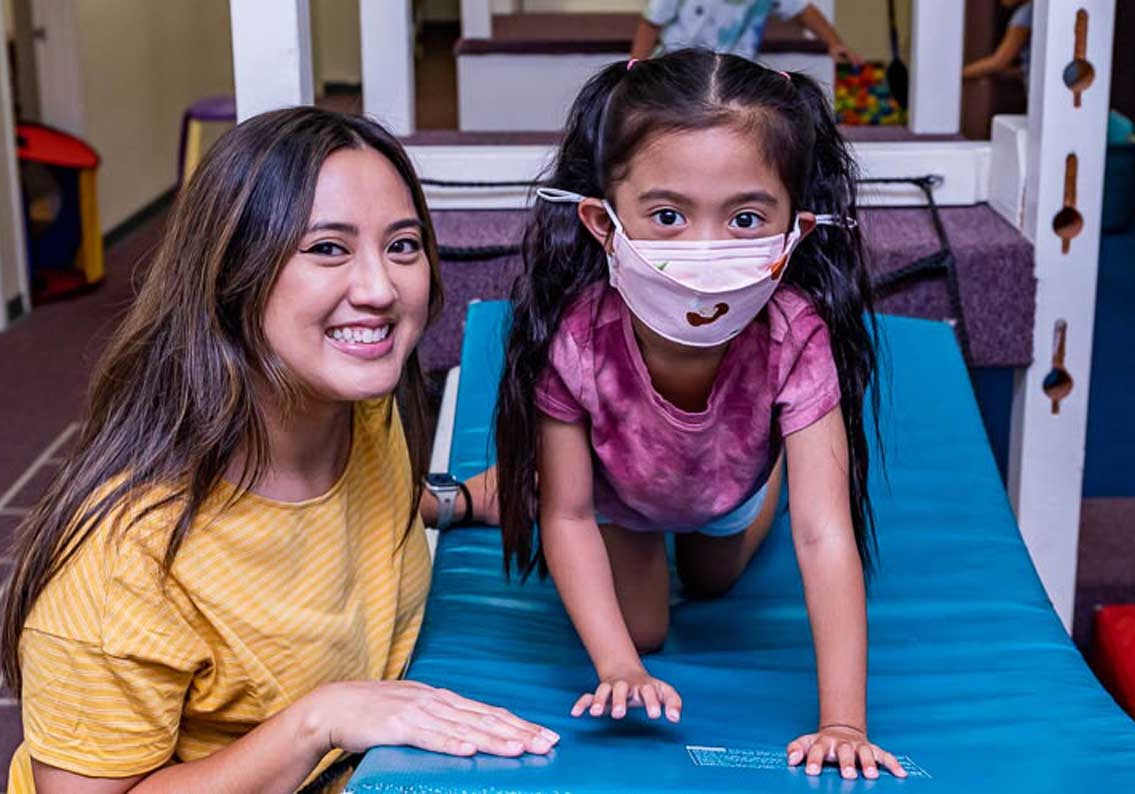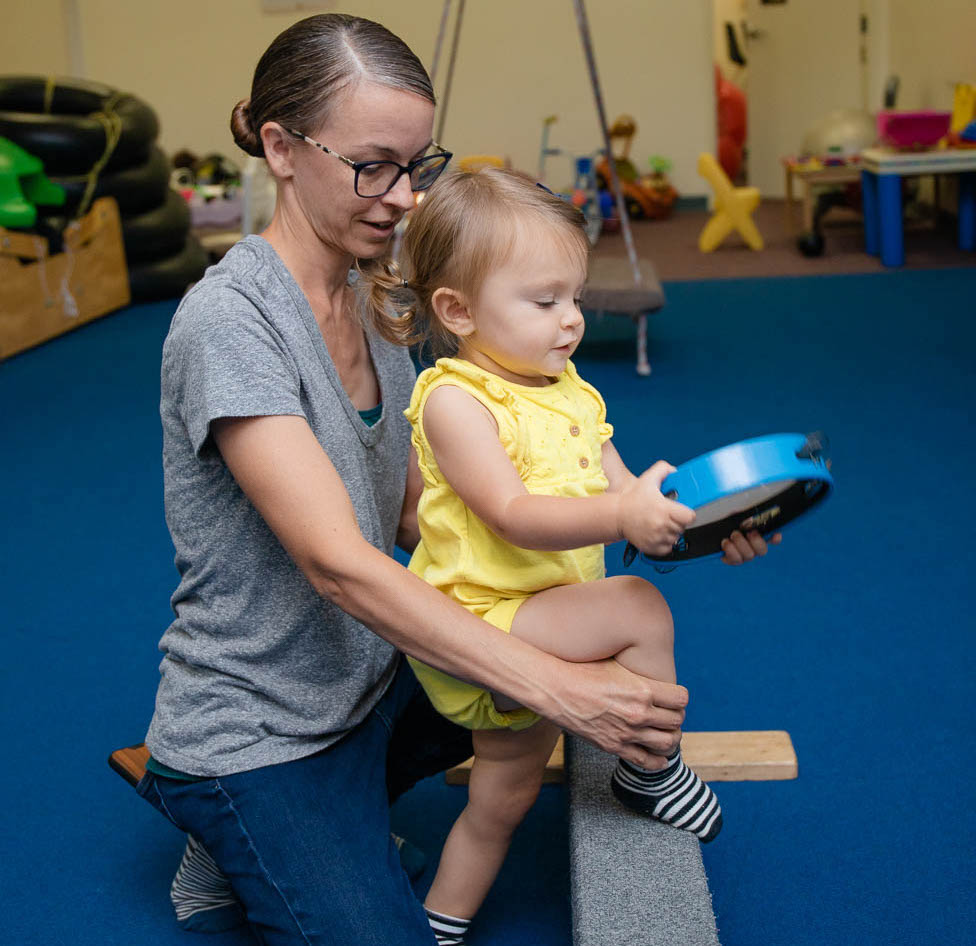Educationally Based Pediatric Therapy Services
Since 1988, Gallagher Pediatric Therapy (also known as “GPT” and “GPT Staffing, and "Therapy for Kids, Inc”) has been providing exceptional educationally based pediatric therapy services in Southern California. As a California Non-Public Agency (“NPA”), our team uses occupational therapy and physical therapy practitioners working in school settings focusing on improving each child’s functional skills related to his or her performance in an educational environment.
Under the Individuals with Disabilities Education Act I (”IDEA”), occupational therapy and physical therapy are defined as “related services.” Students with disabilities who receive special education are entitled to therapy services, if it will benefit their special education program.
Public schools are mandated to provide children with disabilities cost free appropriate special education and related services in a least restrictive environment. This means that to the maximum extent possible, students with disabilities should be educated with students without disabilities.
GPT therapists integrate occupational and physical therapy services into each school’s environment to the greatest extent possible by collaborating with each school’s educational staff, and parents of the child to achieve the goals of each student’s Individual Education Plan (“IEP”).


Educationally Based Pediatric Therapy Services Needed?
If your school or school district is looking to receive exceptional educationally based occupational and physical therapy for related services from one of the most highly respected Non-Public Agencies (“NPAs”) in Southern California, please contact us so that we can help you.
We have over 30 years of experience providing exceptional educationally based therapy services using pediatric occupational and physical therapy practitioners. With over 100 therapists, we are currently contracting with over 40 school districts in Los Angeles and Orange Counties roughly bordered by the 57 freeway on the east, the 210 freeway on the north, and the 405 freeway on the west and on the south.
If you are currently in need of educationally-based therapy services, then please email us at
therapyservices@gptkids.com.

Occupational Therapy
Occupational Therapy involves the use of purposeful activity or therapeutic interventions constructed to facilitate functional outcomes. These outcomes are intended to improve an individual’s independence by developing, enhancing, maintaining or re-establishing the skills needed to for the individual to navigate his or her daily life. The therapeutic goal for the individual is, to the highest possible level, to achieve independence from the physical, cognitive, emotional and psychosocial demands that result from the presence of disability, disease, disorders, or other conditions.
In an educational setting, occupational therapists use occupational therapy concepts and precepts to improve each child’s learning capabilities and outcomes to the greatest extent possible. Thereby, helping to provide a basis for future educational success.
Physical Therapy
Physical Therapy involves the application of scientific principles to promote functional independence by evaluating the physical capacities and limitations of an individual to design treatment to alleviate pain, correct or minimize deformity, increase strength and mobility, and influence general health.
In schools, physical therapy focuses on assisting students to acquire the functional abilities necessary to access the daily activities related to the students’ educational program, and helping to identify needed equipment, compensatory strategies, accommodations, adaptations, and/or modifications so that the student can benefit from special education in the least restrictive environment.

Therapeutic Theories Employed
GPT utilizes numerous, but not limited to, the following therapeutic therapies:
Neurodevelopmental Treatment (“NDT”)
NDT is a treatment technique that was developed by Berta Bobath, a physical therapist, and her husband Karel Bobath, a medical doctor. NDT is widely used by occupational and physical therapists to remediate neurological and developmental motor dysfunction. The goals of NDT are to reduce the influence of abnormal muscle tone and postural reactions, to promote functional movement patterns, and to prevent deformities. NDT techniques offer a hands-on approach to addressing the issues of motor learning and control.
Sensory Integration (“SI”)
SI is a theory and technique developed by A. Jean Ayres, a psychologist and occupational therapist. Ayres described SI as “the organization of sensation for use (Ayres, 1979). In sensory integration theory, SI is referred to as a neurological process that occurs naturally within the brain with little conscious effort or attention. It involves the processing and integration of external and internal sensory information within the brain, and the ability to use this information functionally through appropriate adaptive responses.
Oral-Motor Development (“OMD”)
OMD skills are often addressed by pediatric occupational therapists. Following evaluation, which includes assessment of the oral structures, sensory processing and motor function, a treatment plan or oral-motor program can be developed. An occupational therapist typically guides a child through the developmental process for sensory awareness and/or tolerance, to be proceeded by biting, chewing and swallowing. The overall goal of oral-motor development and treatment is to achieve oral nutrition to the highest level possible.
